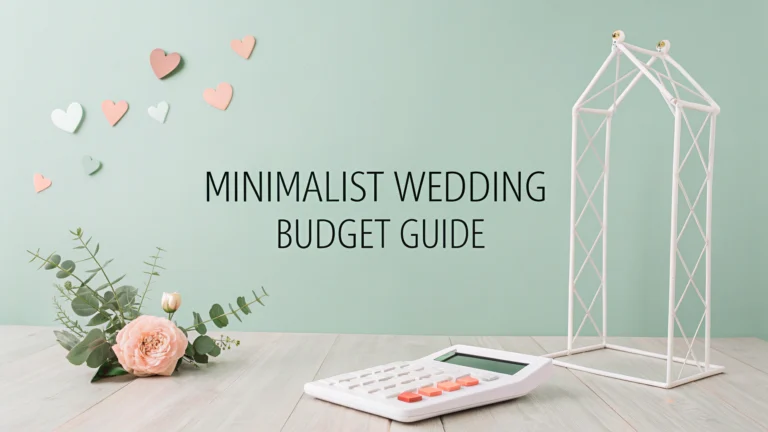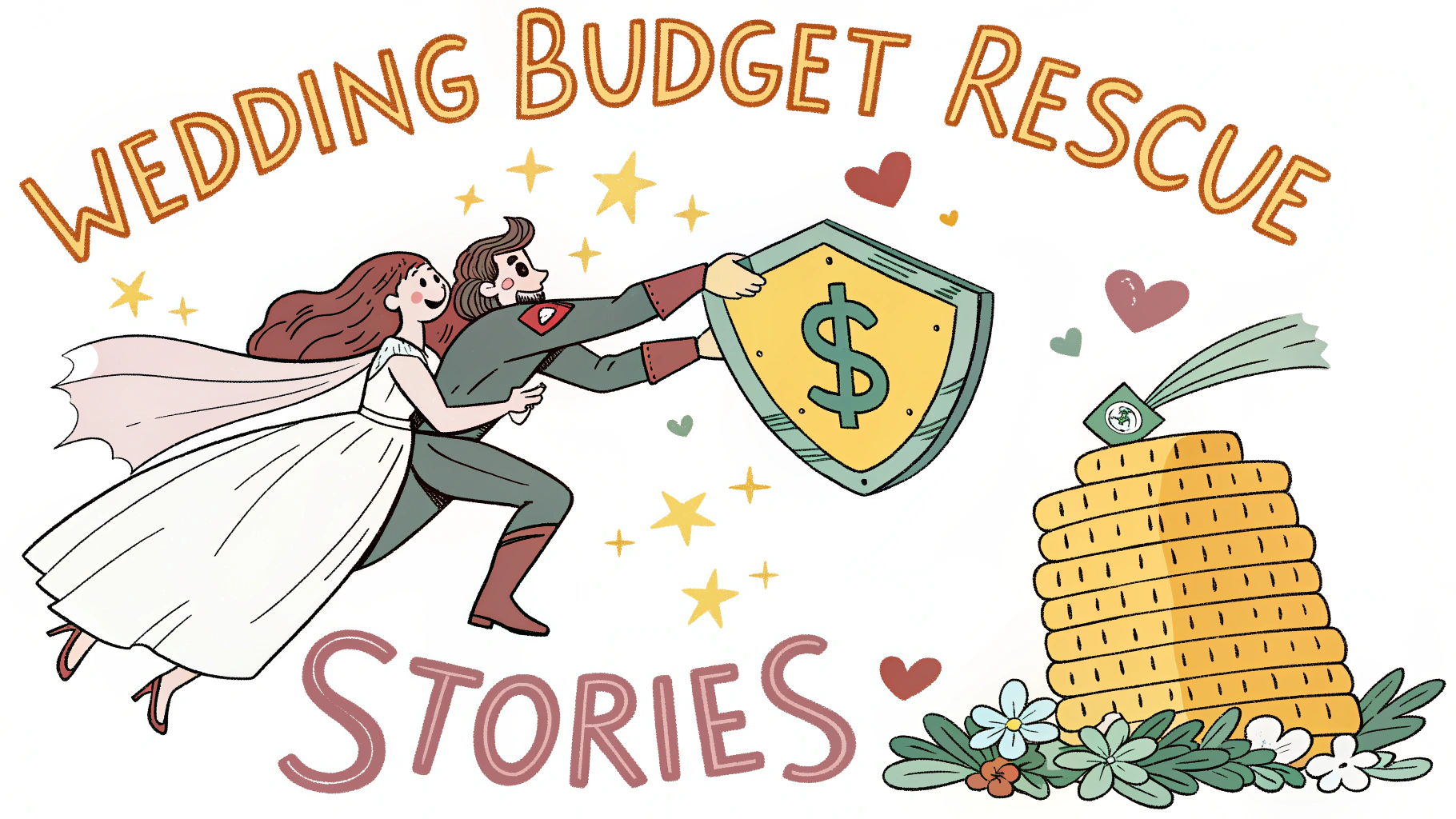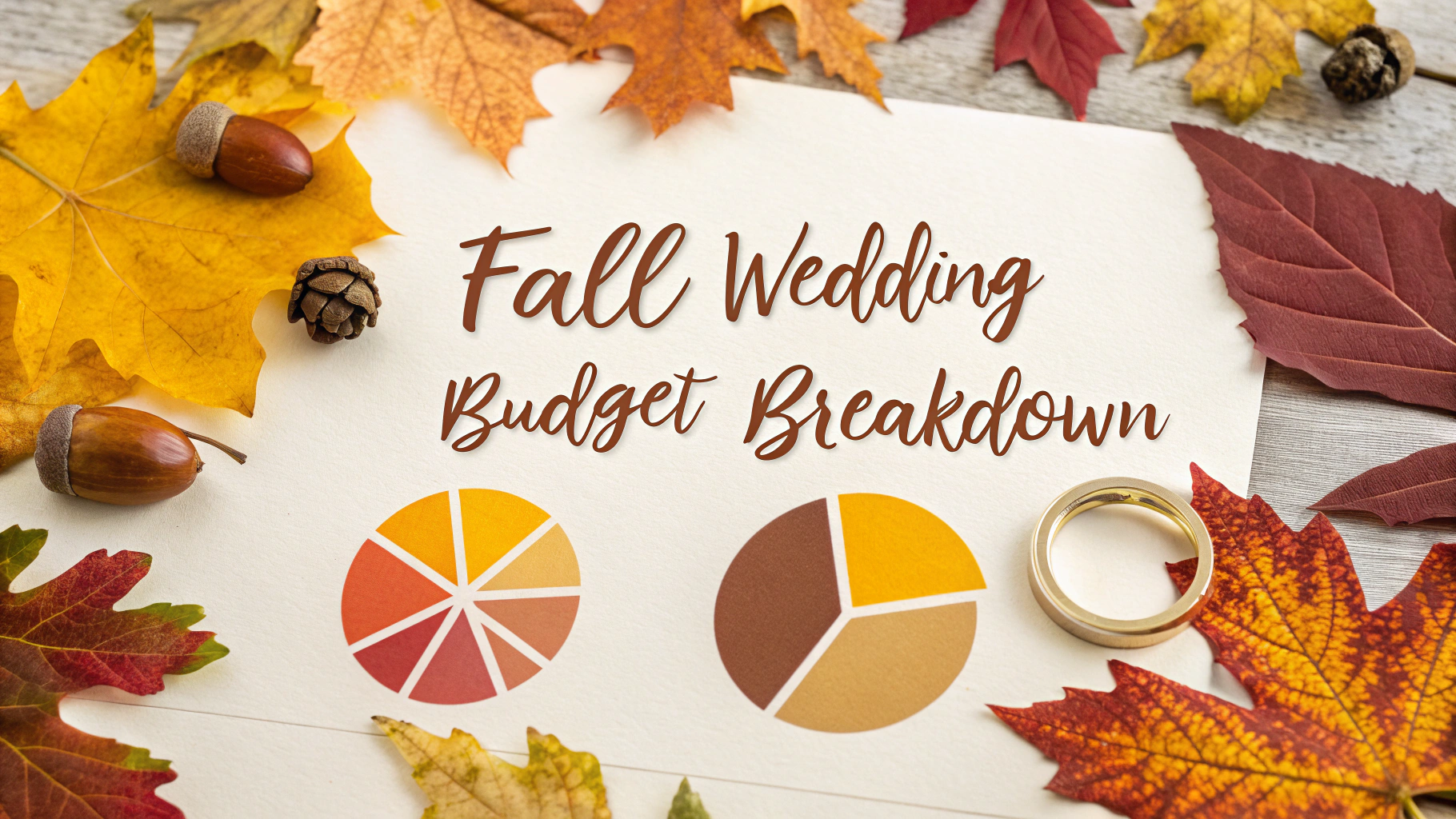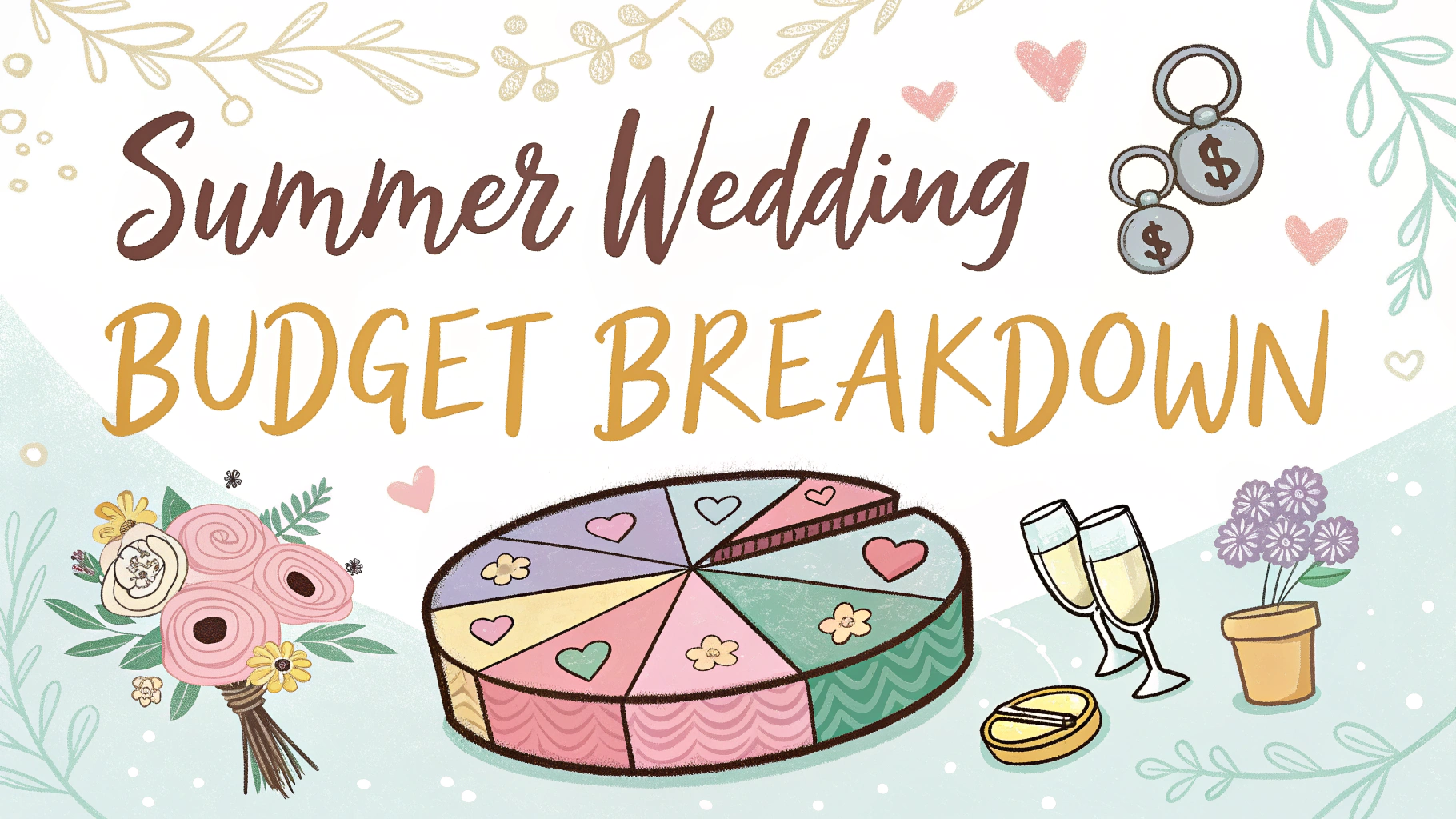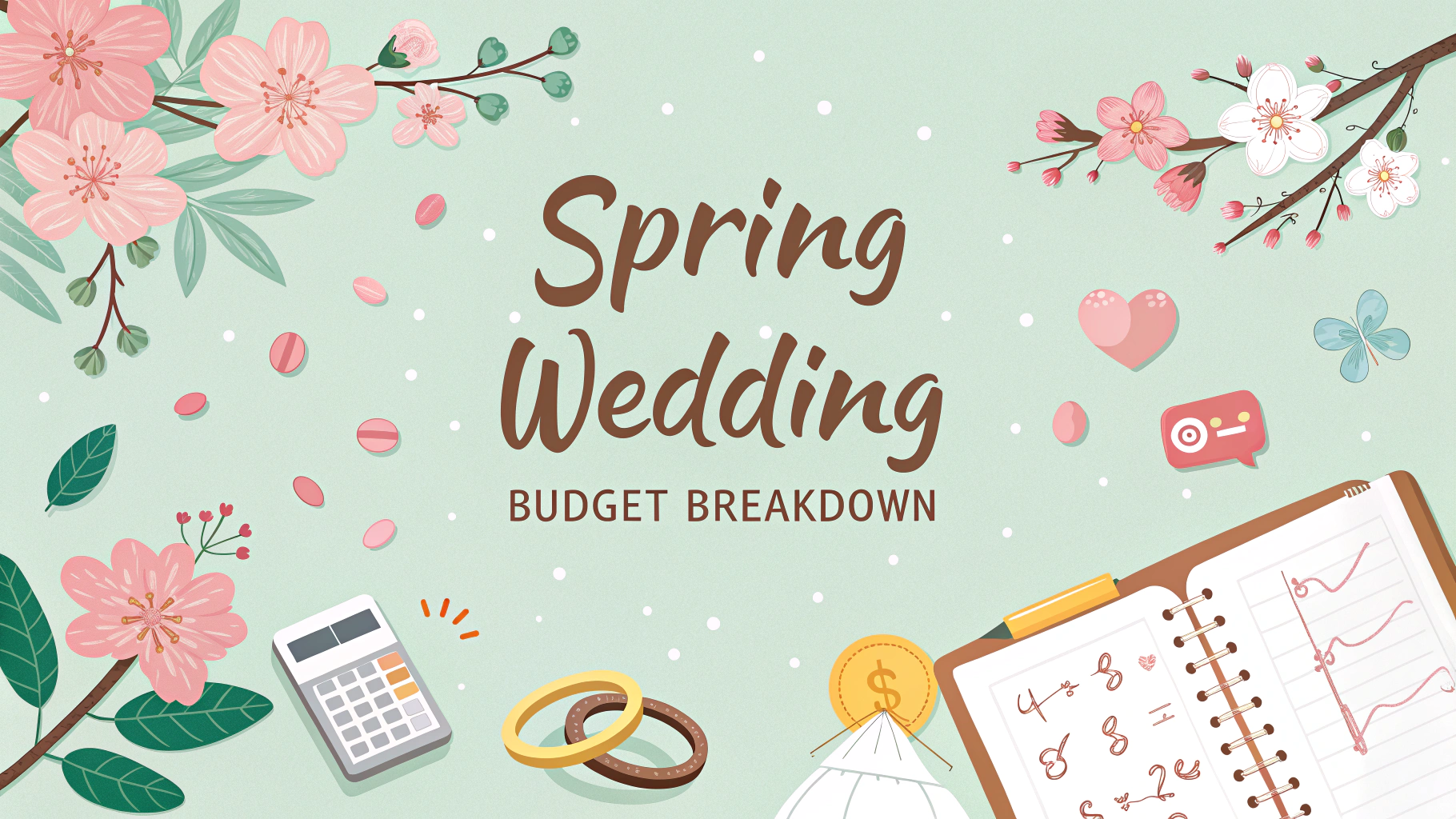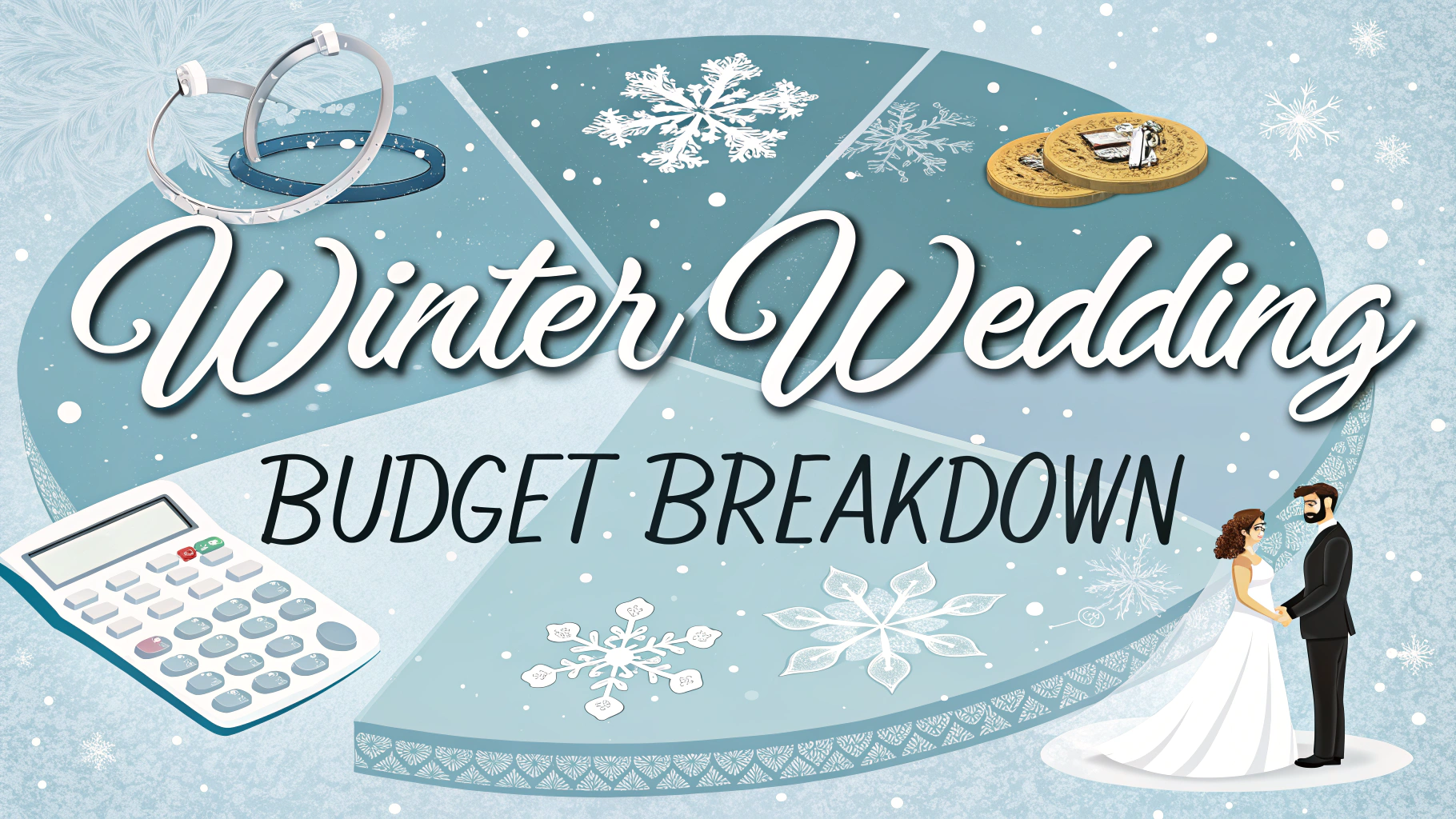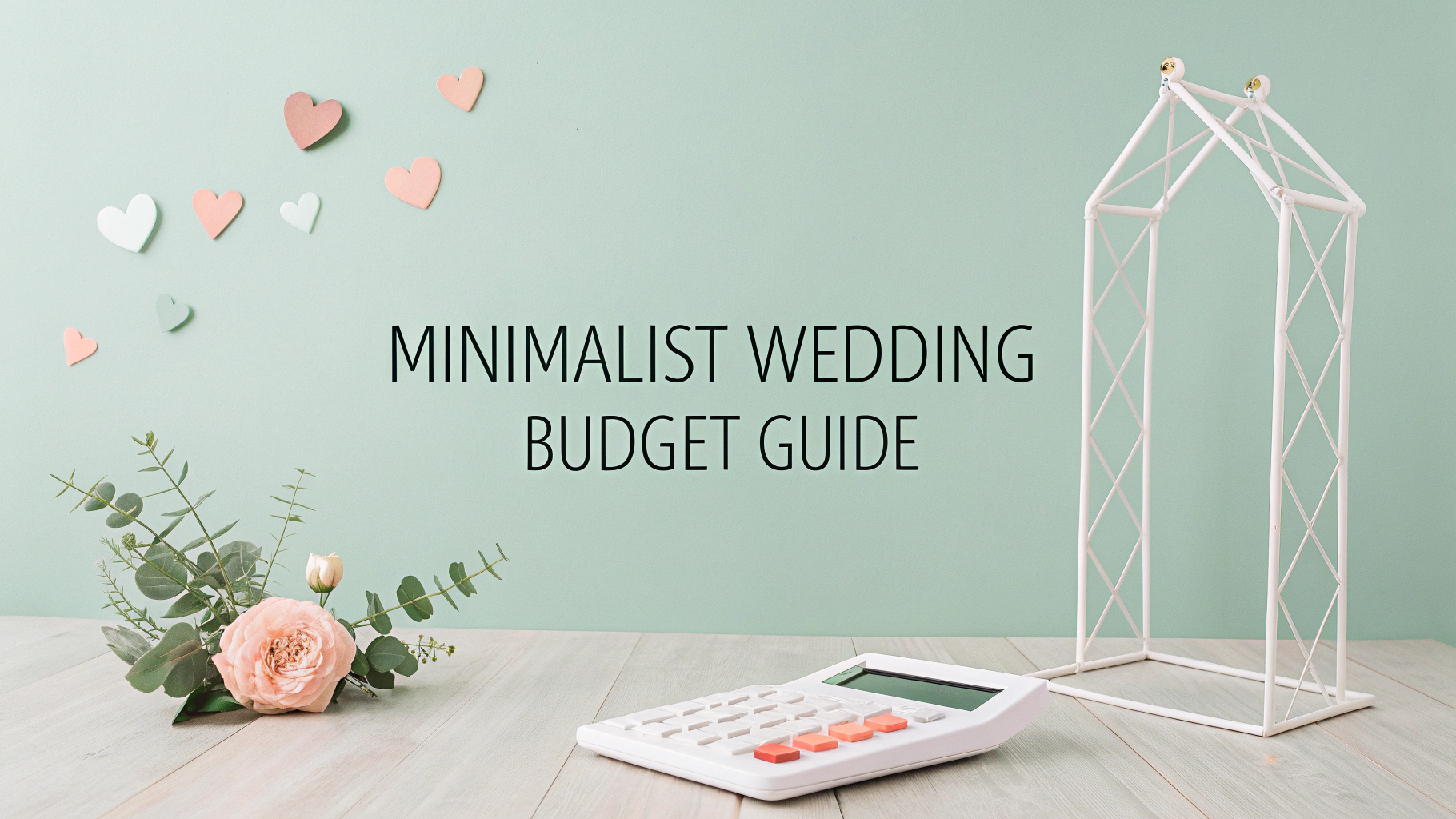Planning a minimalist wedding helps couples focus on what truly matters while keeping costs manageable.
Setting Your Budget Framework
A typical minimalist wedding can range from $5,000 to $15,000, depending on guest count and location.
Sample Budget Allocation:
- Venue: 30%
- Food & Beverages: 25%
- Attire: 15%
- Photography: 12%
- Decor: 8%
- Music: 5%
- Miscellaneous: 5%
Money-Saving Strategies
- Choose an off-peak wedding date (November-March)
- Select a non-traditional venue like a public park or backyard
- Limit guest list to close family and friends
- Send digital invitations instead of paper
- Use seasonal, local flowers or potted plants
Venue Options
Consider these budget-friendly venue alternatives:
- Community centers ($200-500/day)
- Public parks (permits usually $50-200)
- Restaurant private rooms (often free with food minimum)
- Backyard spaces (free if available)
- Local art galleries (typically $1,000-2,000)
Food & Beverage Solutions
Food typically consumes the largest portion of a wedding budget, but these options can help reduce costs:
- Brunch or lunch reception instead of dinner
- Food truck catering ($15-25 per person)
- Beer and wine only bar
- Dessert-only reception
- Family-style service
Decor Essentials
Focus on these impactful yet affordable decorative elements:
- String lights ($50-100)
- Candles in bulk ($100-200)
- Greenery garlands ($10-20 per foot)
- White linens (rental $15-20 per table)
Attire Tips
Smart shopping for wedding attire can yield significant savings:
- Sample sale dresses ($200-800)
- Pre-owned gowns from sites like StillWhite.com
- Suit rental packages ($150-200)
- Department store formal wear
Photography Options
- Hire a photographer for 4-6 hours instead of full day
- Book an emerging photographer ($1,000-2,000)
- Use a photo-sharing app for guest photos
Hidden Costs to Consider
- Marriage license fees ($25-100)
- Vendor gratuities (15-20% for service providers)
- Insurance ($100-500)
- Alterations ($200-500)
Track all expenses in a spreadsheet or wedding planning app to stay within budget.
Money-Saving Resources:
- WeddingWire.com – Vendor comparisons
- StillWhite.com – Pre-owned dresses
- Thumbtack.com – Local vendor quotes
DIY Elements
Carefully chosen DIY projects can add personal touches while reducing costs:
- Handmade centerpieces ($10-15 each)
- Custom playlist instead of DJ
- Self-designed wedding website
- Homemade favors ($1-3 per guest)
- Friend-created ceremony backdrop
Timing Strategies
Strategic timing choices can significantly impact overall costs:
- Morning ceremonies (typically 20-30% cheaper)
- Thursday or Sunday events
- Off-season dates
- Short reception duration (3-4 hours)
Guest Experience Focus
Prioritize elements that matter most to guests:
- Comfortable seating
- Quality food service
- Clear timeline communication
- Easy venue access
- Weather contingency plans
Conclusion
A minimalist wedding celebrates what matters most: the commitment between two people. By focusing on essential elements, carefully managing costs, and embracing simplicity, couples can create meaningful celebrations without excessive spending or stress.
Key Takeaways:
- Prioritize spending on elements most important to you
- Consider alternative venues and timing
- Focus on guest comfort over elaborate details
- Track expenses consistently
- Remember the true purpose of the celebration
FAQs
- What is a realistic budget range for a minimalist wedding?
A minimalist wedding typically costs between $5,000 to $15,000, significantly less than the national average of $30,000, by focusing on essential elements and eliminating unnecessary extras. - Which elements of a wedding can I cut back on without compromising the experience?
You can reduce costs by limiting the guest list, choosing an off-peak season or day, minimizing decorations, opting for digital invitations, and selecting a naturally beautiful venue that requires minimal decoration. - How much should I allocate to each major wedding expense in a minimalist budget?
Generally, allocate 30% for venue and catering, 15% for attire, 15% for photography, 10% for flowers and décor, 10% for music/entertainment, and the remaining 20% for rings, officiant, and miscellaneous expenses. - What are the most cost-effective venue options for a minimalist wedding?
Consider public parks, backyard gardens, community centers, art galleries, restaurants with private rooms, or intimate bed and breakfasts, which often cost significantly less than traditional wedding venues. - How can I save money on wedding attire while maintaining elegance?
Consider pre-owned wedding dresses, sample sales, rental options, simple designs without extensive beading or lace, or non-traditional white dresses that can be worn again. - What are budget-friendly catering alternatives for a minimalist wedding?
Consider food stations, buffet-style service, brunch or lunch reception, food trucks, or working with local restaurants instead of traditional wedding caterers. - How do I prioritize wedding expenses in a minimalist budget?
Focus on what matters most to you as a couple – typically photography, food, and venue are top priorities. Allocate more budget to these areas and minimize spending on less important elements. - What are some creative ways to cut flower and decoration costs?
Use potted plants, single-stem arrangements, greenery-focused decor, seasonal local flowers, or non-floral centerpieces like candles or books. Consider DIY arrangements for simple designs. - Is it possible to have a minimalist wedding for under $5,000?
Yes, by having a micro-wedding (under 20 guests), choosing a non-traditional venue, simplifying food options, limiting alcohol, and focusing on DIY elements where possible. - How can I avoid common budget pitfalls when planning a minimalist wedding?
Track all expenses in a detailed spreadsheet, include a 10% buffer for unexpected costs, resist pressure to add traditional elements you don’t want, and be upfront with vendors about your budget constraints.
